The Rise of Bluetooth Mesh: Could It Be the End of Zigbee?
“Before you clicked on this blog, you might’ve heard of the Zigbee protocol, right? Thanks to Xiaomi’s vast influence in the smart home market, Zigbee has been seen as the top dog in smart home solutions. But hold your horses—over the past couple of years, Bluetooth mesh has been sneaking up on it. So, what’s been shaking up the tech tree?
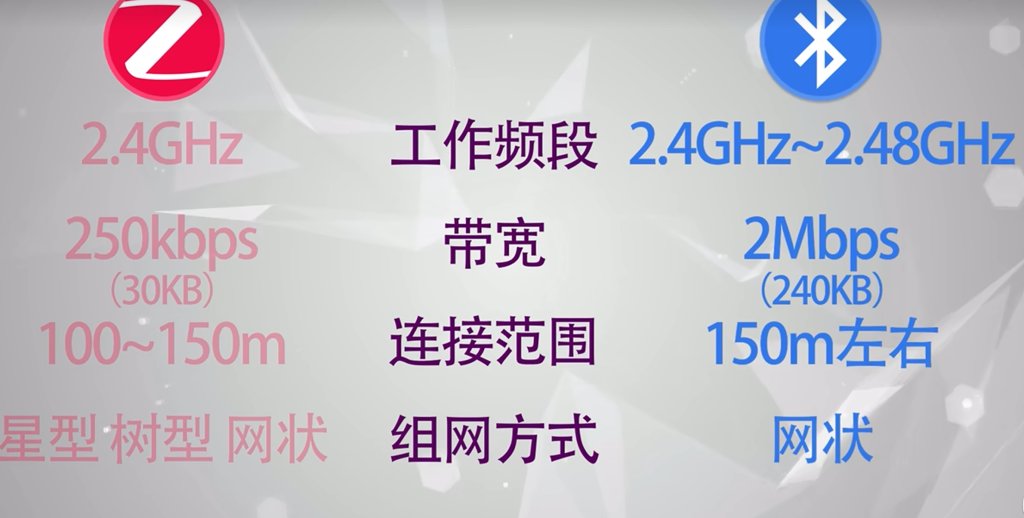
Let’s start with a little flashback to Zigbee’s glory days against Bluetooth:
- Range: Zigbee can beam signals up to 100 meters—that’s like throwing a football the length of a soccer field, while Bluetooth could barely toss it to the 10-meter line.
- Two-way communication: Zigbee not only tattles to the gateway about its status but also takes commands like a boss. Bluetooth, on the other hand, could only gossip about its state, needing you to come close with your smartphone to do anything bossy.
- Speed: Zigbee reacts in a snap, typically under 30 milliseconds—blink and you’ve missed it!
But as Bluetooth 5.0 rolled out, it started hitting the gym—beefing up its range to rival Zigbee’s. And just when we thought we had seen it all, Bluetooth evolved again, launching the mesh protocol that supports two-way chats.
Now, ponder this: is there really a big difference between lights flipping on the instant you hit the switch versus when you release it? Seems like Zigbee’s last standing perk isn’t so perky anymore.
Meanwhile, Bluetooth has infiltrated our daily lives, from phones to PCs, TVs, and speakers. Its ubiquity means new tech spreads faster and costs less. And let’s be honest, cost is everyone’s favorite barrier to trying new tech.
Moreover, Bluetooth mesh allows hundreds, even thousands, of devices to network together. This is a game changer for smart homes, where complex control and automation are the end game.
So, now you see why Bluetooth mesh devices have quickly climbed the ranks, ready to give Zigbee a run for its money.”






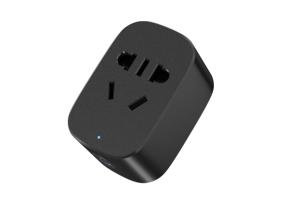
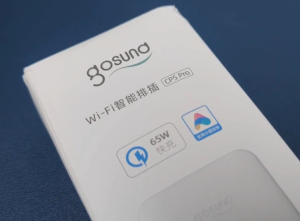


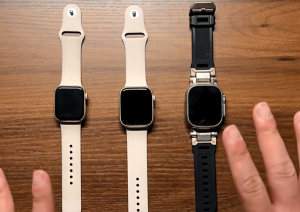
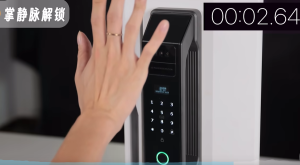
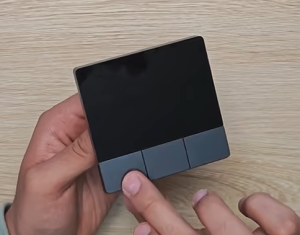

Post Comment